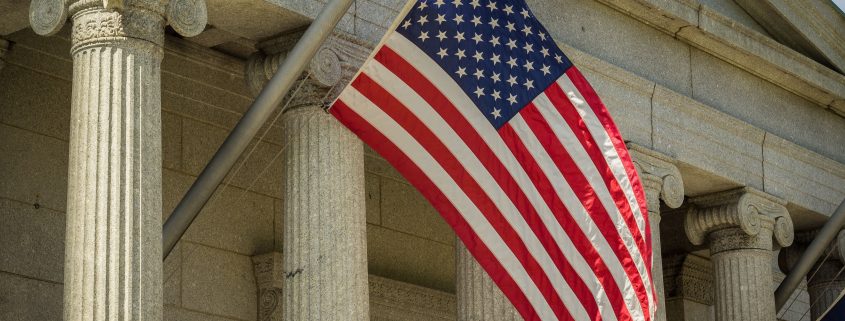What is a Concurring or Dissenting Opinion?
It’s relatively frequent in the news that you hear about a “concurrence” or “dissent.” What does it mean when a Justice of the Supreme Court of the United States or a Judge of another Court issues a concurring or dissenting opinion?
To understand this, we have to look at a brief history of how higher court opinions came to be the way they are today in the United States.
Seriatim
In the early nineteenth century and before, the judges of higher courts (such as the Supreme Court) would issue their opinions “seriatim” (Latin for “separately”). This means that each judge would issue their own opinion about the case that had come before them, and it was up to the reader to figure out which opinion was the controlling, majority opinion to be followed in future cases.
Of course, sometimes this was difficult to do because judges about the same case may come to the same conclusion different ways or to slightly different conclusions. This was a confusing state of affairs, and it made it very difficult for lower courts to know which rule or which judge’s opinion they were supposed to follow.
When Chief Justice John Marshall joined the Supreme Court, he implemented a new policy whereby there was one Majority Opinion that was voted on or agreed to by the rest of the Justices who had voted in favor of the winning rule. Any other Justice was, of course, welcome to write their own opinion, either in support of the final judgment or expressing their displeasure with it. And thus, concurring and dissenting opinions were born.
What We Learn from Concurrences and Dissents
Today, concurrences and dissents carry no legal weight. They are typically not cited by lawyers in briefs arguing before any court, because they do not carry the force of law. They are however, persuasive in some cases, and especially so if written by a judge who has a good reputation among other judges and lawyers.
But primarily, concurrences and dissents tell us what the Justices think about an area of the law, and they often contain valuable clues as to what other cases they’re looking for, and what areas of law they wish to influence. Accordingly, these are heavily studied by appellate lawyers (that is, lawyers who handle appeals from a lower court judgment to a higher court), in determining what sorts of challenges in future cases might be appealing to one Judge or another.
This article has been part of our ongoing series about appellate law—the way in which lawyers and judges shape and influence the law by arguing before courts of appeals. If you have an appellate matter you wish to have reviewed, contact us today for a free consultation.



